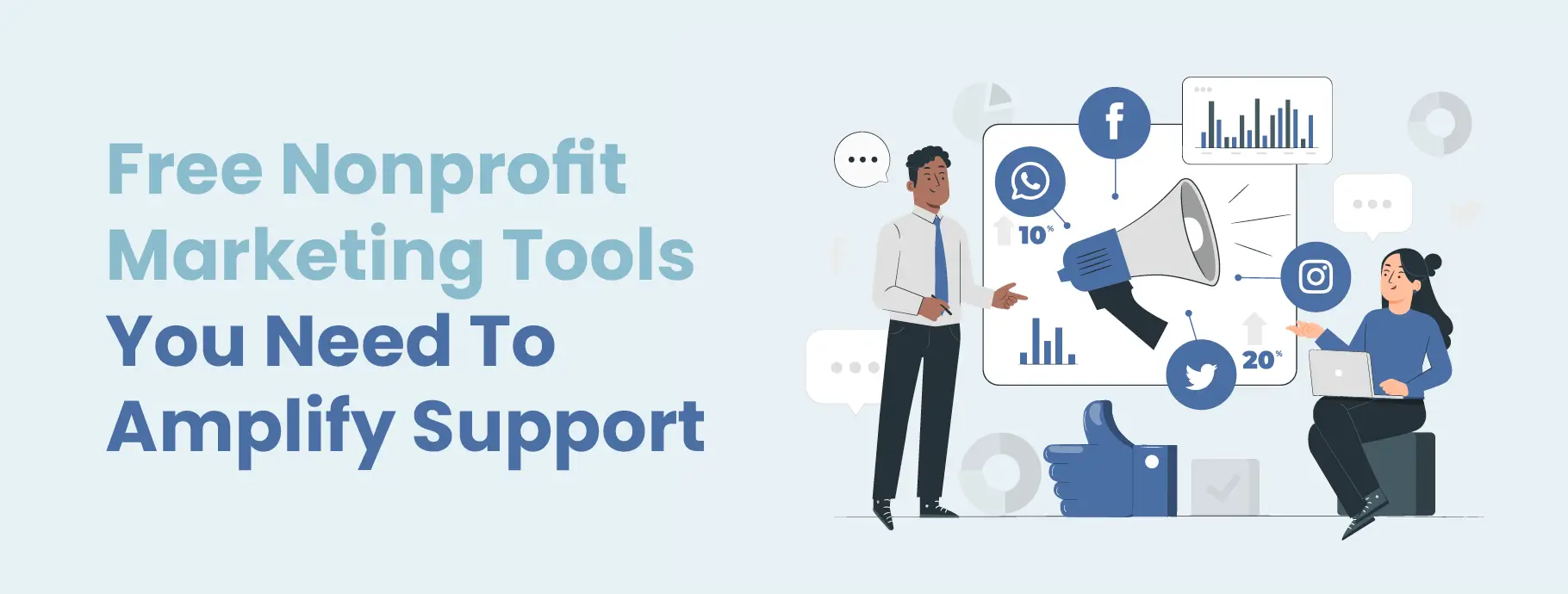Leading Nonprofit Company: Assisting Charities and Organizations Achieve Their Goals
Leading Nonprofit Company: Assisting Charities and Organizations Achieve Their Goals
Blog Article
The Importance of Cooperation and Partnership for a Nonprofit Company in Maximizing Resources and Enhancing Neighborhood Involvement
In the realm of not-for-profit agencies, collaboration and partnership arise as necessary systems for cultivating and magnifying resources community engagement. These partnerships not just improve program effectiveness yet also grow a much deeper feeling of community involvement and ownership.
Benefits of Cooperation

Additionally, collaboration cultivates technology by motivating the exchange of ideas and ideal techniques. When companies interact, they can discover varied point of views, leading to creative services that may not emerge alone. This shared analytic method can inevitably improve service shipment and program results.
In addition, joint initiatives can enhance community engagement. When nonprofits partner with one an additional, they can activate more comprehensive support from stakeholders, including volunteers, benefactors, and area members. This cumulative interaction not just boosts exposure however additionally reinforces the integrity of the participating organizations.
Structure Strategic Partnerships
Collaboration among nonprofit firms often results in the development of calculated collaborations, which are essential for optimizing effect and achieving common objectives. These collaborations make it possible for organizations to leverage each other's toughness, improving service distribution and expanding outreach. By lining up missions and objectives, nonprofits can develop a synergistic impact that enhances their reach and performance within the community.
Structure critical collaborations needs mindful preparation and good understanding. Organizations ought to first identify prospective partners that share similar worths and objectives, making sure compatibility in goal and vision. Establishing open lines of communication promotes count on, enabling partners to talk about duties, resources, and expectations transparently. Routine conferences and collective initiatives can aid preserve energy and address obstacles proactively.
Furthermore, clearly specified obligations and functions are vital for liability and success. Defining the collaboration through created agreements can give a framework for collaboration, outlining the scope of work, efficiency metrics, and examination methods. By promoting these critical partnerships, not-for-profit companies can boost their capability to address area requirements, introduce remedies, and mobilize resources effectively, eventually causing a much more significant and lasting influence in the neighborhoods they offer.
Sharing Resources Properly
How can not-for-profit agencies optimize their effect with reliable source sharing? By purposefully working together with various other companies, nonprofits can enhance their functional effectiveness and extend their reach within the community. Source sharing includes pooling different assets, including funds, personnel, competence, and centers, to deal with typical objectives better.

Additionally, leveraging each various other's strengths can foster advancement. By exchanging understanding and finest practices, companies can improve solution delivery and develop brand-new solutions to area difficulties. Effective resource sharing additionally cultivates a feeling of unity, strengthening the idea that partnership is essential for accomplishing substantial social effect.
Engaging the Community
What strategies can not-for-profit companies use to effectively engage their areas? First and leading, establishing open lines of communication is resource important. Utilizing different platforms, such as social networks, e-newsletters, and area forums, permits firms to disseminate info, solicit comments, and foster discussion. This two-way interaction not only notifies the area concerning the company's mission and activities however likewise invites input, making community participants feel valued and involved.
Furthermore, creating collaborations with regional organizations can enhance outreach initiatives. nonprofit agency. Teaming up with schools, organizations, and various other nonprofits can amplify resources and develop a more considerable assistance network, enabling joint campaigns that resonate with community demands
Furthermore, holding area events, workshops, and volunteer opportunities can assist in deeper interaction. These tasks produce a feeling of belonging and encourage active participation, making it possible for individuals to add to the company's objectives while constructing connections with fellow neighborhood participants.
Measuring Collaborative Success
Examining the performance of joint initiatives is vital for not-for-profit firms looking for to maximize their impact. Determining collaborative success includes developing clear, measurable objectives and making use of a range of metrics to examine efficiency. Key signs might consist of the variety of collaborations created, resources shared, and the tangible results achieved via collaboration.
To successfully determine success, nonprofits need to carry out a structure that includes both qualitative and measurable information. Surveys and meetings can provide understandings right into stakeholder contentment and the perceived worth of collaborations. Furthermore, tracking metrics such as solution reach, community interaction levels, and monetary efficiency can this post supply a detailed sight of collaborative efficiency.
Routine evaluations should be conducted to determine areas of improvement and best practices. This iterative procedure not only improves accountability but additionally promotes a society of continuous knowing within the organization - nonprofit agency. By transparently sharing examination additional hints results with companions and stakeholders, nonprofits can reinforce partnerships and develop trust fund
Ultimately, determining collaborative success makes it possible for not-for-profit agencies to fine-tune their techniques, designate sources extra successfully, and reinforce their mission-driven efforts, causing a higher collective impact on the areas they serve.
Final Thought

In the world of not-for-profit agencies, cooperation and partnership emerge as crucial systems for amplifying resources and promoting neighborhood involvement - nonprofit agency. By promoting these calculated partnerships, not-for-profit companies can improve their capacity to attend to area requirements, innovate services, and activate resources properly, ultimately leading to a much more considerable and sustainable effect in the neighborhoods they serve
By purposefully teaming up with other companies, nonprofits can enhance their functional effectiveness and extend their reach within the community.What methods can nonprofit firms employ to successfully involve their areas?Collaboration and collaboration stand as vital columns for nonprofit agencies intending to maximize sources and enhance neighborhood engagement.
Report this page